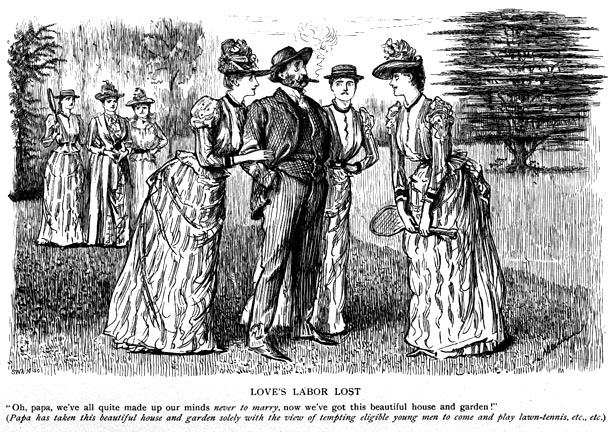
The establishment of romantic drama in England was the work of Shakespeare’s immediate predecessors known as the university wits (Kyd, Lyly, Greene, Peele, Marlowe, etc). Shakespeare’s plays follow the example set by these men. In other words, he is romantic dramatist as distinguished from the classical dramatists of ancient Greece and Rome.
The Principles behind the ancient classical Drama
Briefly speaking, the classical drama of antiquity was supposed to observe the following principles:
(1) It rigorously maintained a unity of subject and tone. As a result, it kept the spheres of tragedy and comedy entirely separate. A tragedy had to be a tragedy from first to last; it had to maintain the proper tragic pitch and no humours episode was permitted in it. A comedy, on the other hand, had to be a comedy from first to last, and no tragic element was allowed to enter into its composition.
(2) There was little or no dramatic action on the stage. The incidents composing the plot came about off the stage and were rumored to the audience in dialogue.
(3) The three unities of time, place, and action controlled the writing of the drama. The entire story of a play had to be confined to one day; the scene of the whole play remained constant throughout; the plot was to be one, and no sub-plots or minor episodes were permitted.
Main Features of the Elizabethan Romantic Drama
The Elizabethan drama of Shakespere and his immediate predecessors departed from all the higher than principles:
Main features of the Elizabethan Romantic Drama
The Elizabethan drama of dramatist and his immediate predecessors departed from all the on top of principles:
(1) Romantic drama makes free use of variety in theme and tone, often mixing tragic and comic scenes in the same play.
(2) Romantic drama, again, is essentially a drama of action, nearly every incident of the play being exhibited on the stage. Romantic drama violates also the three unites. It allows the story to extend over months, and even years. It changes the scene as usually as necessary, generally from one city or country to a different. It employs sub-plots and under-plots, besides the central theme.
